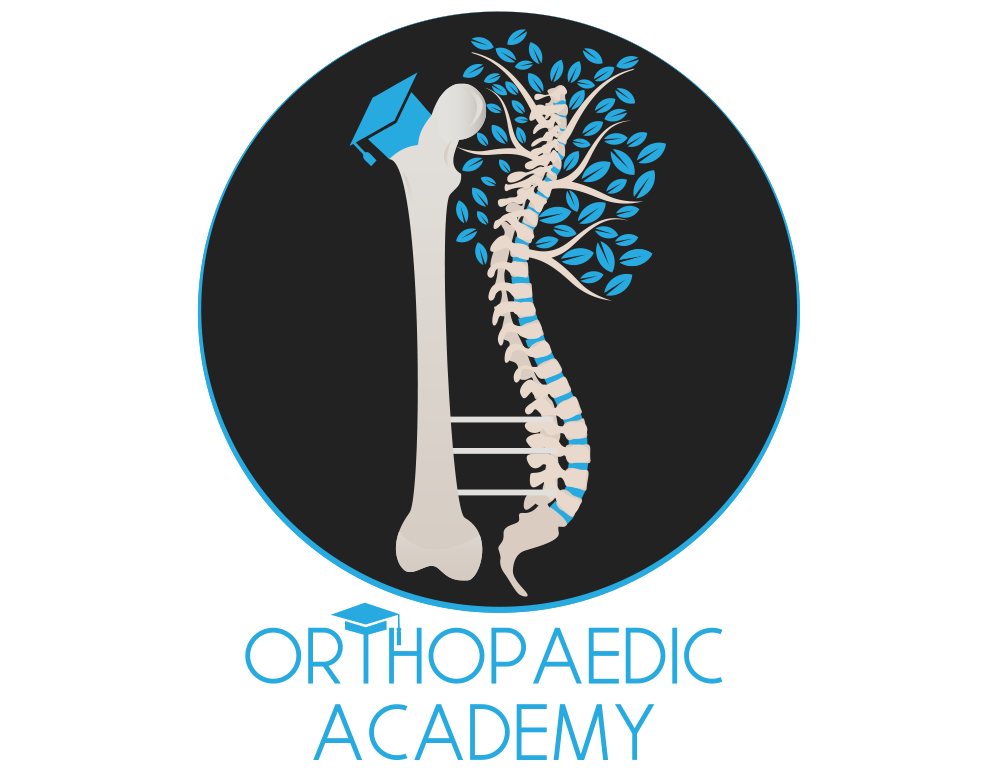Clinical Examination of the Hand

The clinical examination of the hand involves a systematic approach to identify various pathologies such as Dupuytren’s contracture, rheumatoid arthritis, lumps, and nerve lesions. This guide provides an interactive, engaging, and clinically practical method for examining the hand.
Step-by-Step Guide
- Screen Test
Purpose: To identify the general pathology of the hand and tailor the subsequent examination based on initial findings.
Procedure:
- Expose the Patient: Ensure the patient is adequately exposed up to their shoulders.
- Make a Fist: Ask the patient to make a fist and then open their hands with palms facing upwards.
- Reverse Fist: Ask the patient to make a fist and open their hands with palms facing downwards.
- Raise Arms: Ask the patient to lift their hands over their shoulders, exposing the forearms and looking for scars, especially around the elbow and axilla.
Outcome: This screening test helps in identifying visible abnormalities such as deformities, lumps, and scars, allowing for a focused and detailed examination based on these observations.
Functions of the Hand
Understanding the functions of the hand is crucial, especially in conditions like rheumatoid arthritis where surgical decisions are often based on functional impairment.
Primary Functions:
- Grasp (45%)
- Pinch (45%)
- Hook (5%)
- Paper Weight (5%)
Types of Pinch:
- Chuck Pinch: “Pick up this coin from my hand.”
- Pen Pinch: “Hold this pen.”
- Key Pinch: “Hold this key.”
Interactive Tip: Keep a pen, key, and coin handy during the exam to assess the different types of pinch.
Grasp Assessment: Ask the patient to “shake your hand and grasp tight.”
Detailed Examination Based on Findings
Dupuytren’s Disease
Steps:
- Palpate: Feel the palmar fascia and note any nodules or cords.
- Garrod’s Pads: Look for thickened skin over the knuckles.
- Tabletop Test: Ask the patient to place their hand flat on a table. Inability to do so indicates a flexion contracture.
- Measure Deformities: Use a goniometer to measure fixed flexion deformities at the MCP and PIP joints.
- Patient History: Ask about the onset and progression of the disease and other affected body parts.
Interactive Tip: Perform Allen’s test if the patient has had previous surgery to check for neurovascular integrity.
Rheumatoid Hand
Steps:
- General Inspection: Ask the patient to lift their arms above their head to assess shoulder and elbow function and to look for rheumatoid nodules.
- Extensor Side: Start from proximal to distal, noting any abnormalities such as:
- DRUJ instability (piano key sign)
- Extensor tendon ruptures (Vaughn Jackson syndrome)
- MCP joint subluxation and ulnar deviation
- Finger deformities (mallet finger, boutonniere deformity, swan neck deformity, Z deformity of the thumb)
- Flexor Side: Assess for:
- Carpal tunnel syndrome
- Thenar wasting
- Tendon ruptures (e.g., FPL in Mannerfelt-Norman syndrome)
- Trigger finger
Functional Tests: Perform tests to assess the functional capabilities of the hand.
Tips for Examining Hand Swellings
Common Hand Swellings:
- Dorsal Ganglions: Often arise from the scapholunate ligament.
- Volar Ganglions: Can arise from the STT joint or the A1 pulley.
- Inclusion Dermoid Cysts: Common on the volar side.
- Giant Cell Tumor: Typically related to the flexor sheath.
Differentiating Swellings:
- Volar Swellings: Perform Allen’s test to check the integrity of radial and ulnar arteries.
- Dorsal Swellings: Consider rheumatoid nodules, gouty tophi, subungual exostosis, Heberden’s nodes, mucous cysts, Bouchard’s nodes, and carpometacarpal boss.
Interactive Tip: Use anatomical landmarks to differentiate between various types of swellings.
Interactive Elements
- Patient Participation: Engage the patient by explaining each step and what sensations they should expect.
- Use of Diagrams: Incorporate diagrams and models to help the patient understand their anatomy and the examination process.
- Feedback: Encourage patients to provide feedback on any discomfort or unusual sensations during the examination.
Conclusion
A systematic approach to hand examination ensures accurate diagnosis and management of hand pathologies. Utilize this guide to enhance your clinical skills and provide comprehensive patient care.





